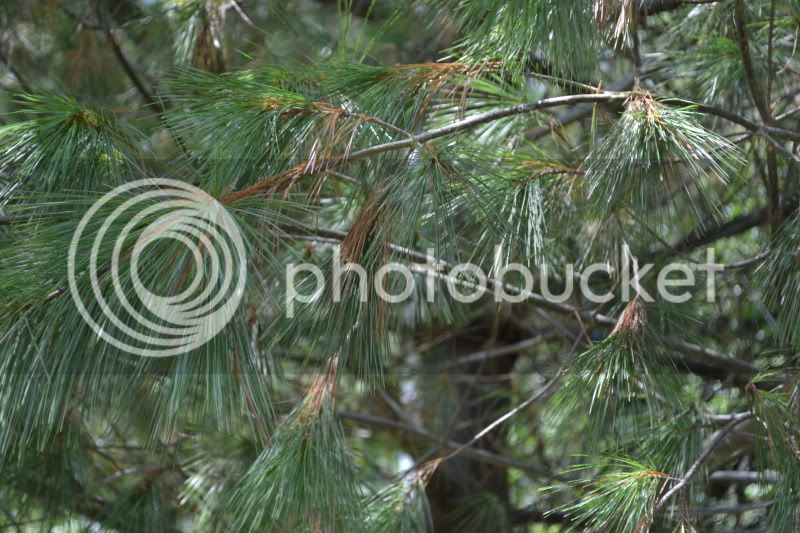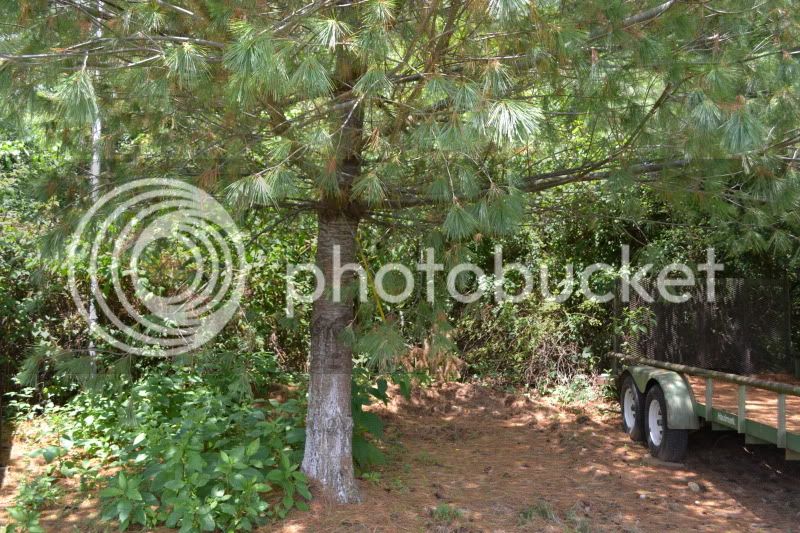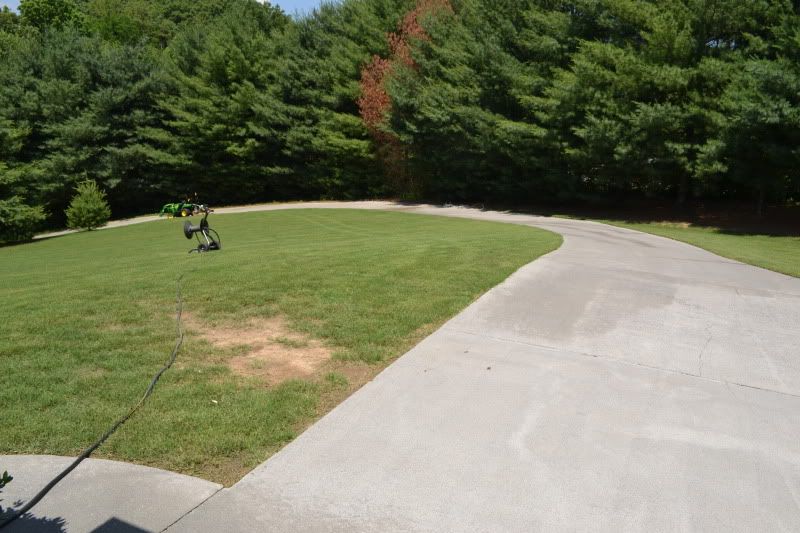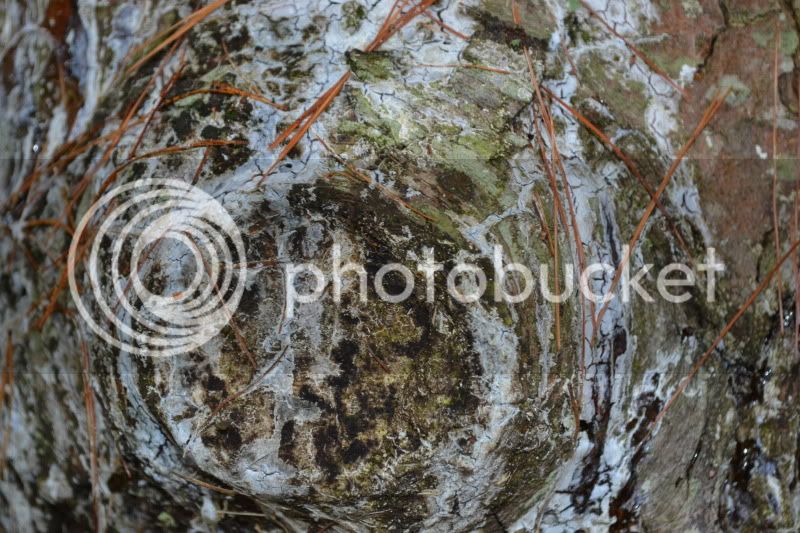avguy
ArboristSite Lurker
My wife & I have approximately 60 or so 50' tall white pine trees that line one side of our property. We have been losing about 1 tree per year since moving here 6 years ago. Here are a couple of pics of yet one more that doesn't look like it will make it. Any ideas what might be causing this? Drought maybe? I don't see any signs of pest infestation.

































































